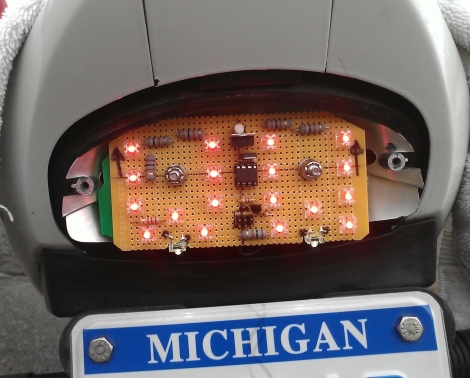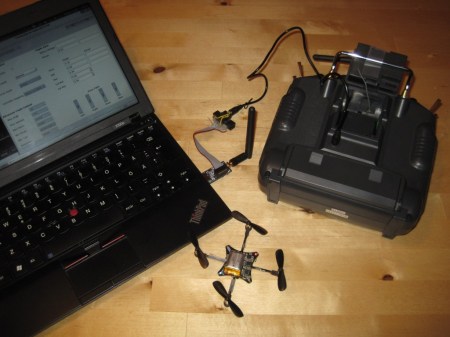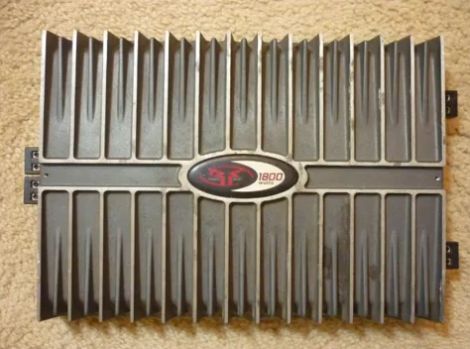
[Pete Mills] recently bought himself a motorcycle, and as people are known to do, they start trying to scare him with gruesome stories of cycling accidents once they hear about his purchase. While he tries to shrug them off as people simply not minding their own business, something must have resonated with him, because he started tinkering with the bike’s taillight in order to ensure he was always seen by other drivers.
He swapped out his motorcycle’s incandescent taillight for a smart LED-based lamp that he constructed using perfboard. Not only does his new brake light feature ultra bright LEDs, but the onboard ATtiny85 rapidly flashes the lights each time he hits the brakes, making his presence impossible to miss. Before everyone starts with the claims of, “Flashing red lights are illegal!”, let’s all take a deep breath and read on.
We’ve seen these sorts of lights on the back of motorcycles for years, though being a careful guy, [Pete] wrote to the state of Michigan in order to ensure that his modifications won’t get him pulled over. He has yet to hear back, but in the meantime, he merely needs to start the bike with the brakes applied to trigger the ATtiny85 to run the lights in “normal mode.”
Continue reading to see a short demo video of his brake light mod in action.
Continue reading “Motorcycle Lighting Upgrade Ensures Other Drivers Know You’re There”













